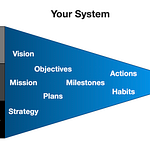
I talked about content marketing in the previous chapter. Writing, recording, publishing, and sharing your ideas and work will keep you visible to the people you're trying to reach. Great opportunities will come your way more often when people remember who you are and what you do.
However, generating all of that content is a …











